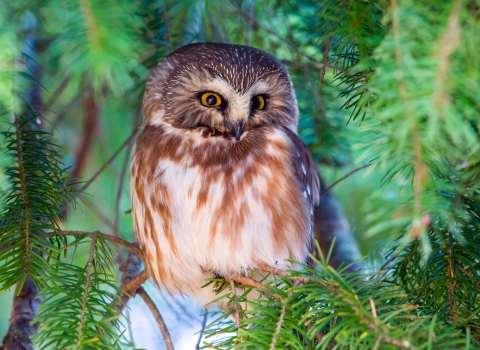Bay area highways connect thousands of vehicles to their destinations daily, and a partnership between the California Department of Transportation (Caltrans) and the U.S. Fish and Wildlife Service will help make these same roadways habitat for monarch butterflies. Caltrans District 4, which services Bay Area counties including Contra Costa, Napa, San Francisco and Sonoma, will be adding milkweed seeds to some roadside landscaping areas.
The fate of the monarch and the need to increase milkweed habitat has been well publicized, capturing the attention of individuals, public agencies, and private organizations. The monarch’s status may stem from multiple factors, including pesticide use, habitat loss from intensive agricultural practices, and climate change climate change
Climate change includes both global warming driven by human-induced emissions of greenhouse gases and the resulting large-scale shifts in weather patterns. Though there have been previous periods of climatic change, since the mid-20th century humans have had an unprecedented impact on Earth's climate system and caused change on a global scale.
Learn more about climate change . Schoolyard habitats are being created across the country and leagues of "citizen scientists" are contributing to monarch watch efforts. Federal, state, and local agencies are also exploring innovative ways to save the iconic black and orange butterfly.
An avenue of promise could be the enhancement of native habitat on public lands. The obvious locations for such efforts include our federal, state, regional and local parks, but there is a massive and often overlooked network of contiguous open landscapes– the nation's roadway system. Much of the vast transportation infrastructure includes a width of open space between the road shoulder and the adjacent land. Although it may seem like a narrow strip of, the combined acreage of this land is astounding and its potential is largely untapped.
"Milkweed species serve as nectar sources for adult monarchs and are the only plants monarch caterpillars feed on, making the roadside addition of the plant beneficial for every life stage of monarchs," said John Cleckler, the Caltrans Liaison for the Service's Sacramento Fish and Wildlife Office. It was Cleckler that first approached Caltrans with the idea to add native milkweed to roadside landscaping. Currently Caltrans uses a process known as hydroseeding to establish native plants over barren land that has been disturbed by construction.
Hydroseeding is a planting process that uses hoses to spray a slurry of seeds and mulch to cover bare ground, ultimately providing both aesthetic value and erosion control along roadsides. Caltrans has a standard hydroseeding mix that consists of native plants for each region, many native plants are drought tolerant and including them in landscaping avoids the need to water along roads. The milkweed added to the Caltrans hydroseeding mix is also a local variety that is well-adapted to the dry California climate, thus no additional water will be needed for the roadside areas.
Native milkweed seed is readily available and its inclusion in restoration programs is unlikely to result in additional costs to the transportation department or taxpayers and it will help create habitat for the monarch butterfly.
California roadsides can provide sufficient habitat for butterflies as the roadsides are usually surrounded by low vegetation and receive a lot of sun making them ideal for monarch habitat. “Incorporating milkweed into the seed mix for the project on Highway 121 was straightforward, doing this in the future will be an easy way for us to partner with the Service in fulfilling our obligations in helping to recover and prevent the listing of imperiled species,” said Caltrans Biologist Lindsay Vivian.
Caltrans is not the first transportation agency to recognize the important role roadways can play in conservation. The process known as “highway wildling” has become more common in recent years as urban development spreads further out into plant and wildlife habitat.
By working together, transportation professionals and biologists can easily create wildlife habitat along interstate highways, freeways, and even local roadways that can help not just monarchs butterflies but many other species of wildlife. The next time you are riding along a Bay Area highway keep an eye out for monarchs as they use the same roadways as commuters to feed, rest and lay their eggs.


